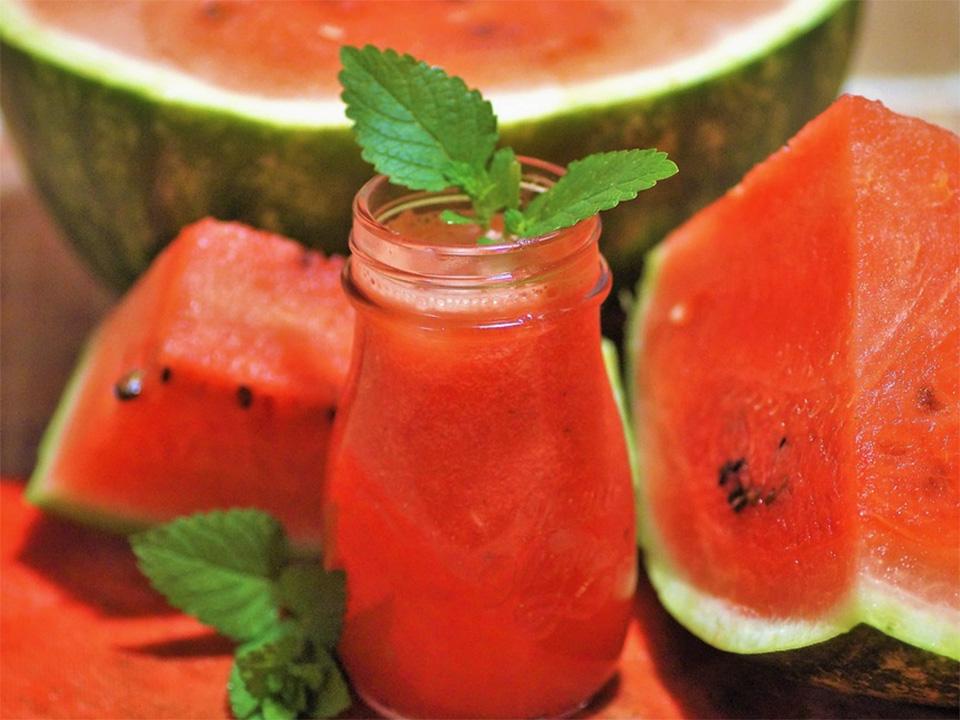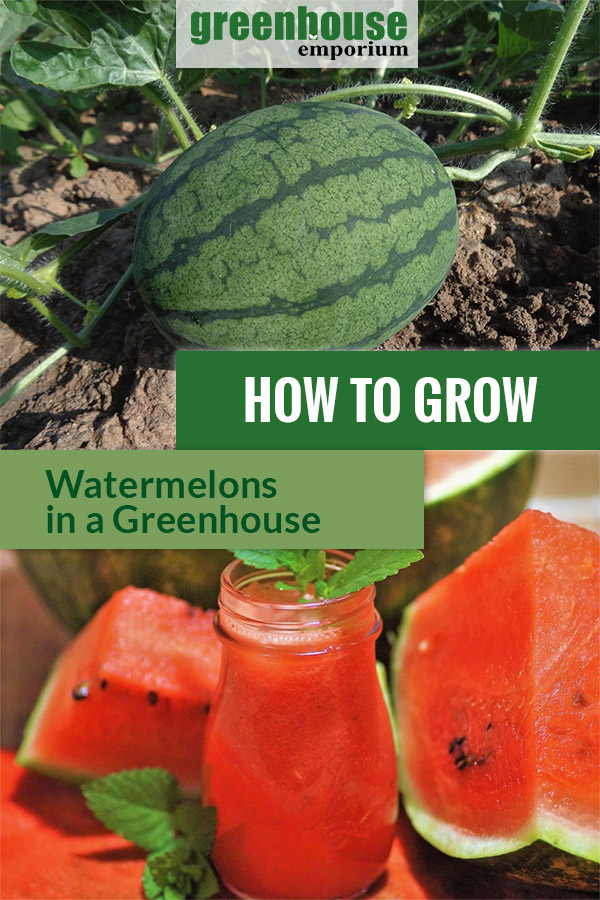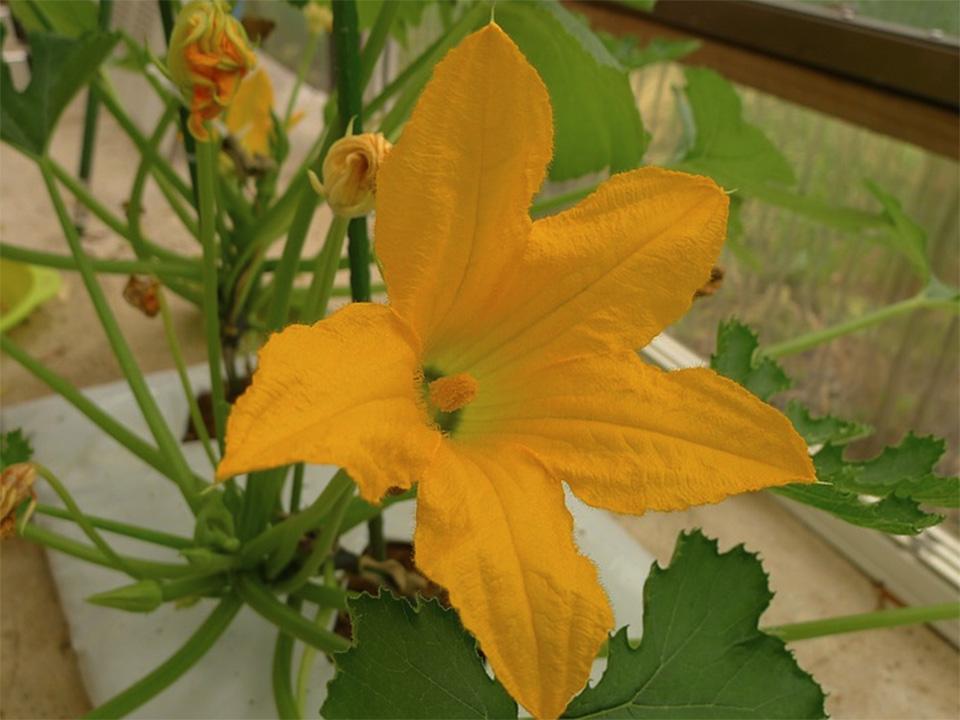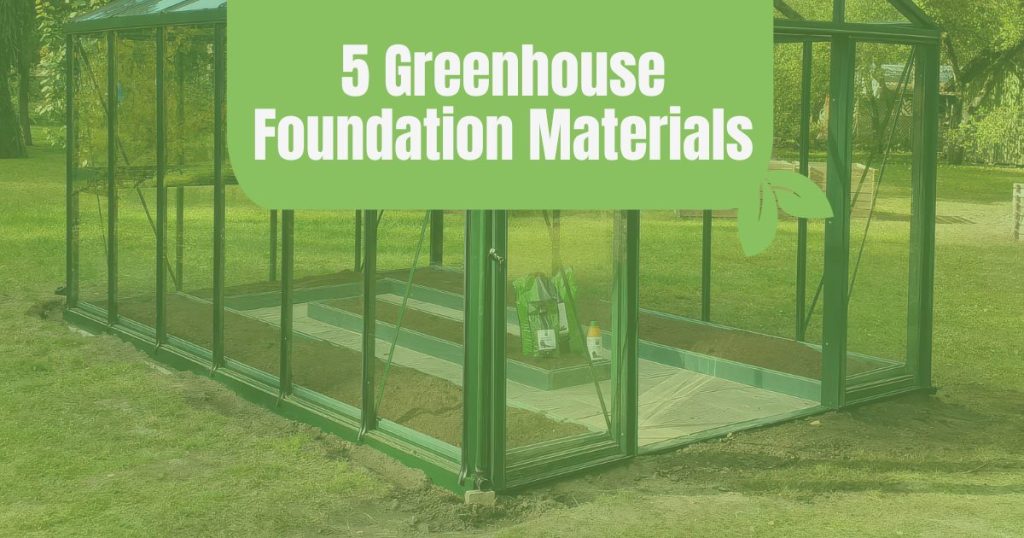



Did you know that watermelons are not all round? How about a heart-shaped watermelon? You heard that right! Heart-shaped watermelons. Japanese have been growing them for the past years. You can also check out cubes, pyramids, and a lot more. Let us check out more about how to grow watermelons in a greenhouse.
All about watermelons
The different watermelon shapes are not genetically modified. All you need to do is place a young watermelon inside a box or any shaped container. Let them grow inside. They will eventually fill up the space of that particular container and form the shape that you want.
Watermelons have modified, threadlike leaves called tendrils that can be branched. The vine uses these tendrils for holding them securely or for moving up. There are more than 1,200 varieties available in the market today. And most of us are used to the bright red flesh and black seeds. You may have seen yellow-fleshed types before as well.
Transplants can enhance uniformity and earliness of watermelon while decreasing seed expenses. A seed tray which is one to two inches in diameter is enough. A seed can be planted in a cell at a one-half inch deep using a conventional potting mix. An acceptable watermelon transplant must have two to four true leaves, short and thick stems, and a strong root system.

Health benefits of watermelons
- An exceptional source of lycopene, which is known to defeat various kinds of cancer
- A cup of watermelon only has 46 calories
- High in Vitamin A and C
- Leading source of carotenoids and beta-carotene
- Contains citrulline which is an essential amino acid
- Citrulline can improve nitric oxide levels in the body and helps your blood vessels dilate which prevents high blood pressure and headaches.
- It prevents age-related Macular Degeneration or AMD which is a prevalent eye problem that may result in blindness as an elderly.
Quick overview of growing watermelon in a greenhouse
- Type: Warm-season crop
- Time from seed to harvest: 70-100 days
- Germination temp: 60-95°F
- Time until first emergence: 3-5 days
- Best temp to grow: 70-90°F
- Height: 1-2 ft
- Spread: 3-20 ft (plant in rows)
- Light: Full sun (6-8h)
- Grow from seed: 1/2 in deep, 6 seeds per hill placed 3 feet apart (bush varieties) or 3 feet apart in rows 8 feet apart (vining types)
- Companions: Corn, beans, lettuce, dill, mint, lavender, garlic, onion, chives
- Keep away from: Cucumber, squashes
How to grow watermelons in a greenhouse
- Stuff a two-inch tray with potting mix.
- Water the soil mixture.
- Place them in a warm spot between 85°F to 90°F for 24 hours before planting the seeds.
- Remember not to overwater them.
- Set the temperature at 90°F for two days.
- After the seedlings have appeared, the temperature can be reduced to 70°F to 80°F in the daytime and 65°F to 70°F at night for development.
- The maximum reasonable temperature for watermelons is 70°F to 85°F.
- Fertilize as soon as you see the first true leaf.
- Apply the second fertilizer once the second leaf appears.
- Harden off watermelon seedlings by gradually decreasing the temperature and cutting back on fertilizers and waterings.
- Make at least 4 to 6 feet of space inside your greenhouse.
- Transplant the seedlings.
- Build or buy a stable trellis for your growing watermelons.
- Create slings as your fruit matures.
- Fertilize them again as soon as you see the developing runners.
- You can also apply liquid seaweed compost when the initial leaves appear and once it has blossomed.
Watermelon care
Pruning is important if your watermelons are trellised. It is done to obtain a balance between vine growth and fruit-bearing. It also improves the average fruit weight and at the same time decreasing the quantity of cull fruit.

Watermelons require support as it gets bigger on the trellis. Trellising promotes pollination and lessens the injury to the plants during the harvest season. They slowly rise the trellis and they may need the training to keep the development upright. Small mesh bags or cloths can be applied as slings to carry the watermelons. The bag can be easily cut from the trellis as soon as you are ready to harvest.
Mulching throughout your watermelon can increase moisture preservation, stop weed growth and gradually combine nitrogen-rich organic material to the soil. Apply hay, shredded newspaper or grass cuttings in a three to four-inch thickness throughout your plants.
Stop using any nitrogen-rich fertilizer once it started producing fruits. The excess nitrogen will simply result in excessive leaves and vines instead of nourishing the fruit.

Disease and pests management
Aphids suck sap from the developing watermelons, making it weak. They discharge enormous amounts of honeydew. It displays a black dull mold on the leaves and fruit coverings. They can also carry several serious viral diseases.
Early detection is important, particularly inside a greenhouse. Never use harsh pesticides. There are various light insecticides or organic ways possible that target especially aphids.
Watermelons are immune to bacterial wilt. It is carried by spotted and striped cucumber beetles. The management of bacterial wilt starts with the control of cucumber beetles. Regularly examine for cucumber beetles. Use yellow sticky traps in order to minimize the damage.
Downy mildew is well-known for the leaf spots it forms as it goes its direction into watermelon leaves. Luckily, it won’t invade the fruit, but it will decrease your harvest by weakening the plant. Neem oil is the best way to handle this damaging mildew.
Proper watering
The normal pH range for watermelons is from 6.0 to 6.8. Lime must be used in advance as much as possible. Abundant water will provide the biggest, sweetest, and juiciest watermelons but do not overwater. Allow at least 1-2 inches to dry out between each watering.

Pollinating your watermelons perfectly
Watermelons usually have staminate and pistillate flowers. Manual pollination needs a lot of patience. The runners will appear in a couple of weeks and you will notice both the male and the female flowers. The male flowers will initially mature but will only last for a day.
Be sure to pollinate at that special period. First, thoroughly separate the petals circling the male stamens. Next, distinguish a freshly unfolded female flower. Then, lightly brush the stamens against the flower from 10 to 15 times. The VegiBee Garden Rechargeable Pollinator is the perfect solution to overcome low crop yields.
Never grow watermelon in a greenhouse together with other melon species especially if they are closely planted to each other because pollinators might cross-pollinate. For example, if you have a seedless and traditional watermelon plant close to each other you may see a few seeds in your seedless watermelons because of cross-pollination.
Harvesting watermelons
Watermelons mature evenly. You can harvest the majority of it in groups. They are available to pick from 45 to 60 days after flowering. They don’t move from the vine or release a smell when maturing.

Other signs of readiness involve enhanced waxiness of the coating. You will also notice some withering of the tendril nearest to the fruit. You can hear a muffled sound when you knock the watermelon. Preferably clip them from the vine and make sure you leave approximately 1 inch of the stem. The watermelons may appear heavier than other watermelons of equal size because it has more juice inside it.
Harvest them first thing in the morning. Store them at 50-60°F and 90% relative humidity.
































